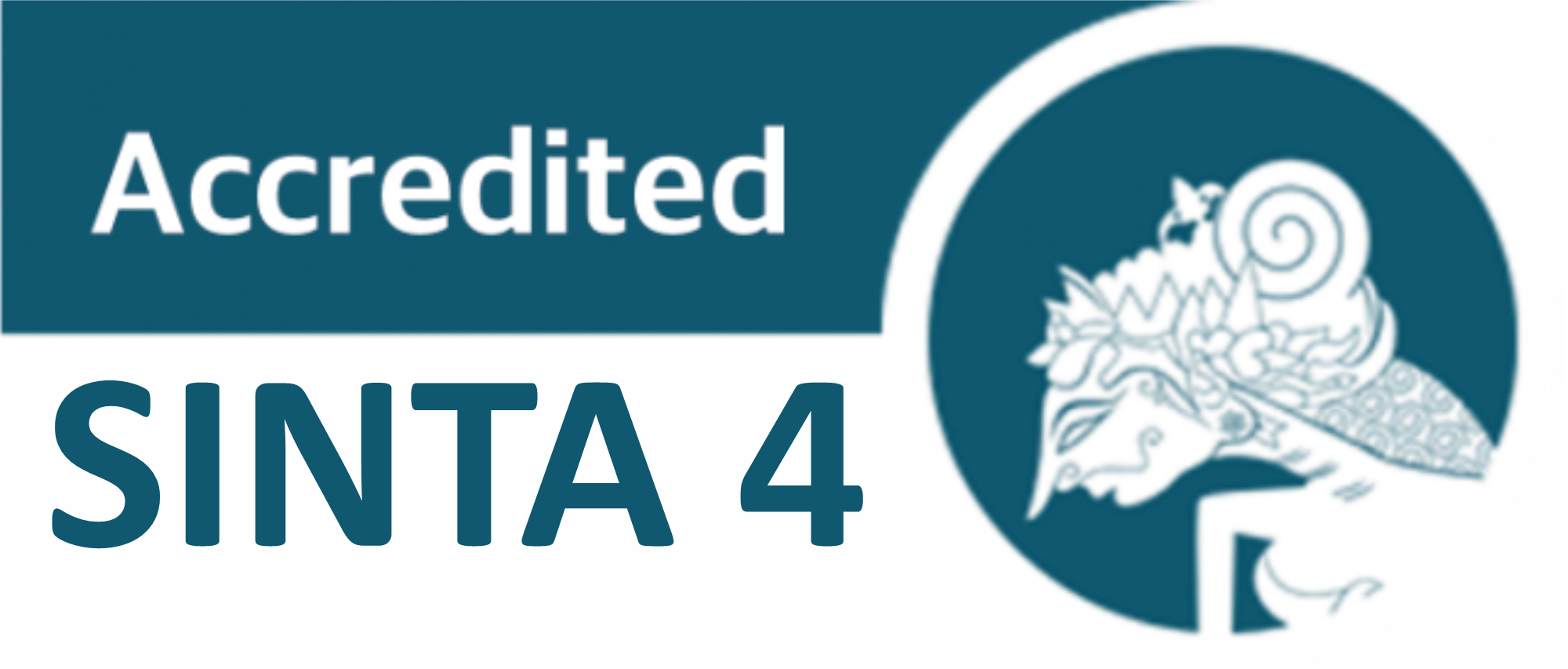Exploration of The Kizkumu Legend Through The Lens of Party Dress With Automatic Method
DOI:
https://doi.org/10.24114/gr.v14i1.64797Keywords:
Party Dress, Legend, ATUMICS, Artefact, DevelopmentAbstract
The demand for designers’ creative exploration of ideas aligns with the challenges of transforming traditional fashion into contemporary designs. To achieve this, it is crucial to strike a balance between preserving tradition and embracing modernity. Therefore, the primary objective of this research is to gather data on how to utilize oral tradition, particularly the Legend of Kizkumu, as a source of inspiration for creating party dresses using the ATUMICS method. The ATUMICS method serves as a guiding framework to systematically organize the source of ideas for each design element, encompassing both the micro and macro levels. These levels include artifacts, techniques, utilities, materials, icons, concepts, and shapes. The research culminates in the creation of a party dress inspired by the Kizkumu Legend, which retains its traditional elements such as icons, concepts, shapes, and utilities. The design process commenced with brainstorming sessions to identify the unique aspects of the Kizkumu legend related to Kizkumu beach and its symbolic representation as a statue. This exploration culminated in the realization of a party dress that encapsulates the essence of the Kizkumu Legend through each design element.Downloads
Published
How to Cite
Issue
Section
License
Copyright (c) 2025 Wanda Marshia Ardani, Winwin Wiana, Astuti Astuti

This work is licensed under a Creative Commons Attribution-ShareAlike 4.0 International License.
Copyright
Authors published in this journal agree to the following terms:
- The copyright of each article is retained by the author (s).
- The author grants the journal the first publication rights with the work simultaneously licensed under the Creative Commons Attribution License, allowing others to share the work with an acknowledgment of authorship and the initial publication in this journal.
- Authors may enter into separate additional contractual agreements for the non-exclusive distribution of published journal versions of the work (for example, posting them to institutional repositories or publishing them in a book), with acknowledgment of their initial publication in this journal.
- Authors are permitted and encouraged to post their work online (For example in the Institutional Repository or on their website) before and during the submission process, as this can lead to productive exchanges, as well as earlier and larger citations of published work.
- Articles and all related material published are distributed under a Creative Commons Attribution-ShareAlike 4.0 International License.
License
Gorga : Jurnal Seni Rupa is licensed under a Creative Commons Attribution-ShareAlike 4.0 International License.










